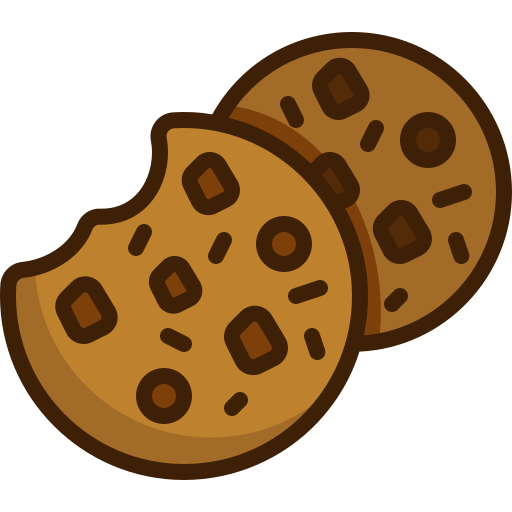In this panel, you can manage your personal information preferences. Some cookies are essential for basic website functionality and cannot be customized, but you can disable others. You can update your choices at anytime through the provided link. Adjust the toggles below to deny consent for specific processing activities, or use the 'Reject All' button.
Study in British Columbia
Are you looking for a career college campus near you? CDI College has four campus locations to choose from in the Lower Mainland -Burnaby, Richmond, Surrey, and South Surrey.
 BC
BC











